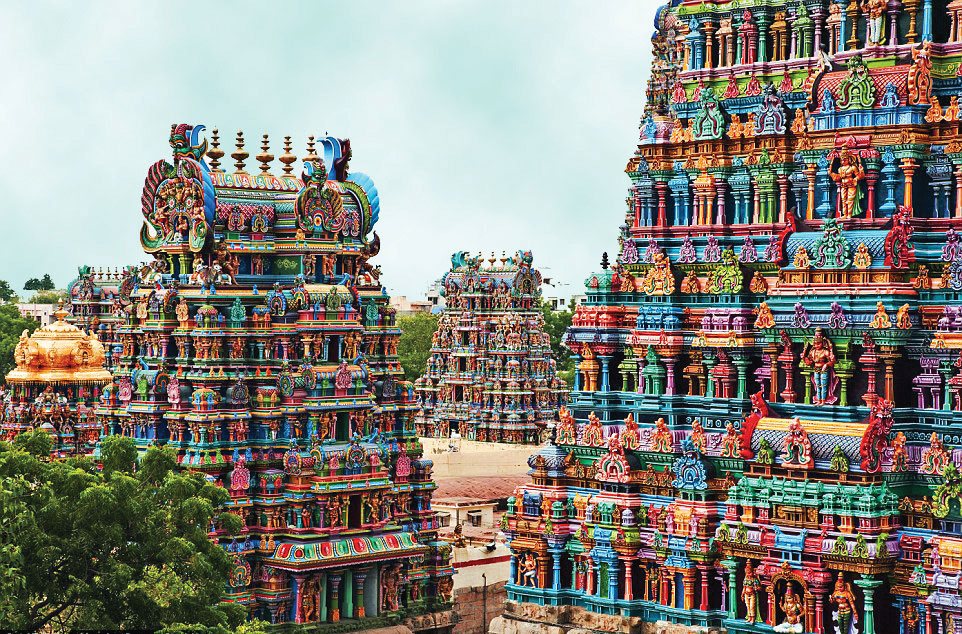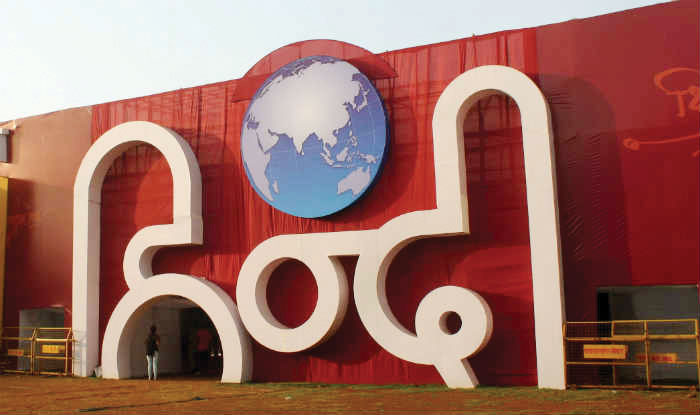While idli-dosa-sambar and Hindi films forge a rare national unity in the cultural field, Hindi as official language remains the bugbear of the rest of India
By Parsa Venkateshwar Rao Jr
The fate of India’s much contested official language, Hindi, has been literally hanging in the Trishanku state. It is not accepted as the country’s official language by large parts of south, east and the northernmost parts of the country, and yet it cannot give up the formal designation of being the official language.
Cultural Conflict
It is a strange predicament where it is the official language and at the same time it is not accepted as one across the country. The battle over Hindi is part of India’s cultural wars between north India and south, though it has to be noted that Oriyas, Bengalis, Assamese, Manipuris and those in Tripura as well as the mainly English-speaking northeastern states of Nagaland, Mizoram, Meghalaya are not fond of Hindi. But there is an undeniable sting to the Hindi wars between south India and north.
Even in the south, it is the Tamilians, with their ancient and literary heritage of two thousand years, rivalling that of Sanskrit, who resent the claim of Hindi to be the official language of India. But there is the delightful irony that Tamilians are quick learners of Hindi, especially those working in northern India for generations, before and after India became Independent.
A north Indian even with a flair for languages might find it difficult to pick up Tamil, while a Tamilian with no not much of an interest in other languages, still ends up picking up Hindi with enviable ease.
In the south, it is the Tamilians, with their ancient and literary heritage of two thousand years, rivalling that of Sanskrit, who resent the claim of Hindi to be the official language of India

There are far more Tamilians who can speak and even write in Hindi than Hindi-speakers who know their basic Tamil or any other Indian language. But that does not end the bickering over Hindi. Tamilians resent the fact that while they make the effort and succeed in learning Hindi, no similar effort is made by the Hindi-speaker to know his or her Tamil. And there is the nagging suspicion in the mind of the Hindi-knowing Tamilian that the Hindi speaker has no respect for the Tamil language and literature in return.
Hindi Films Love
But this is only part of the story of Hindi as the official language. There is the unofficial side to the story where Hindi commercial cinema of Mumbai (Bollywood),which is also considered mainstream cinema with its song-and-dance sequences, which has a turnover of thousands of crores of rupees, is hugely popular all over the country, especially in the south, and particularly in Tamil Nadu.
So when the question crops up, “If you can accept Hindi cinema and Hindi film songs, why not accept Hindi as the official language,” there is the unequivocal answer that Hindi the official language is a political, and it is not connected with popularity of Hindi films and film songs.
Social and cultural analyst Shiv Viswanathan, who teaches at Jindal University, says that “Indians love myths and they accept myths without reservation. And Hindi cinema is mythical in many ways and that is why people accept it without hesitation.” He says Hindi as an official language comes as a diktat, and it is the diktat that people in the south resent because diktat implies an order and an assertion of power.
Popularity of Idli Dosa
But the north India was in love with the south too though north Indians did not ever show any interest in south Indian literature and languages. But they had immense respect and love for the southern Hindu traditions – the temples, the dances, and to an extent the classical music, the Carnatic, though they were more attached to the well developed northern classical music: the Hindustani variety. Many of the middle class north Indian families encouraged their girls to learn Bharatanatyam, the southern classical dance form.
The choice of Hindi appears to be natural because Hindi-speakers form the largest single linguistic group, and in a democracy the choice falls to the majority group

The more popular form that north India adopted and enjoyed was the vegetarian Tamilian cuisine,which was described as south India forgetting that each state in south India had its own cuisine, and that idli and dosa, sambar, rasam and the coconut chutney were not common too all the states except Tamil Nadu. But these distinctions did not seem to matter.
In the 1970s and early 1980s, the then Madras restaurant, Das Prakasa, opened a branch in what is now the Ambassador Hotel, opposite Sujan Singh Park and next door to Khan Market, became the favourite south Indian eatery for the foodies in Delhi.


